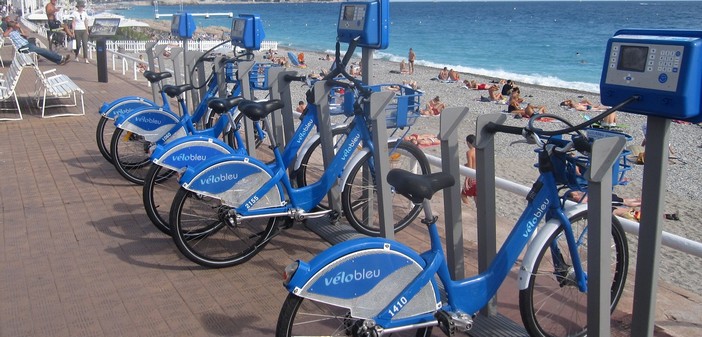In recent years, mindsets have been evolving, an ecological awareness has emerged, and people have taken their bicycles out of storage or purchased new ones, unable to endure being stuck for hours in traffic jams any longer.
As a result, this bicycle boom has put pressure on municipal officials and authorities. A program for constructing bike lanes should be implemented to ensure the safety of cyclists and pedestrians.
The goal is clear: to develop better cycling infrastructure to reduce the use of automobiles, which faces the issue of space. The modern city was built around the automobile, which still dominates, but if it needs to be removed urgently, urban traffic must be completely rethought. In essence, urban space is dedicated to traffic.
Bike lanes must be wide and very well maintained. Priorities need to change everywhere, and the transport space of our major cities needs to be rethought. It’s about redefining urban space usage, placing the habit of cycling, not automobiles, at the center.
France is, in this regard, lagging behind. If one does not use the bicycle for commuting, it’s because it is deemed dangerous, unlike what can be seen in Germany, Switzerland, or Canada. Therefore, we need real bike lanes in France that completely separate cyclists from automobile and bus traffic.
We should take example from bike-capitals like Copenhagen, a model in this area. However, initially, Copenhagen’s residents were reluctant to the widespread adoption of bike lanes, especially giving them priority in the urban fabric.
In Nice, although privileged by the size of its roadways, there is little progress; things are stagnant, and everyone repeats that cycling is not the transportation solution. We do not believe so. A proactive policy is required, closing certain traffic lanes to automobiles, redefining delivery schedules, and generalizing bike lanes, even turning them into highways for cyclists!
Some argue that 50% of cyclists actually travel less than one kilometer, whereas by car, bus, or metro, we’re looking at an average range of 7 to 10 kilometers. Therefore, cycling alone cannot be a viable solution against air pollution or transportation issues. Bicycles would not be a mass transportation means. However, isn’t one of the major questions at COP 21 also whether we should continue reasoning within a mass society’s mental framework?
The bicycle is a real transport alternative, a healthy alternative. Bicycle usage can be generalized, secured, and guaranteed. Of course, it assumes a public transport policy and regular bus services with priority lanes for buses and bicycles.
In any case, solving urban car traffic problems means inevitably opposing motorists, but should they really have the final say?
We must reverse the trend, escape the civilization of noise, highway interchanges, and exhaust fumes. It’s not just about building bike lanes but transforming sections of streets into bike corridors. Moreover, a simple calculation shows that a 3-meter-wide lane containing 20 cars regularly, with each car having on average 1.3 occupants, would only carry about 26 passengers. Conversely, the same lane converted entirely to bicycles could hold up to 250 cyclists, transporting 250 passengers, equivalent to ten times the transport capacity!
The bicycle truly has all the advantages.


